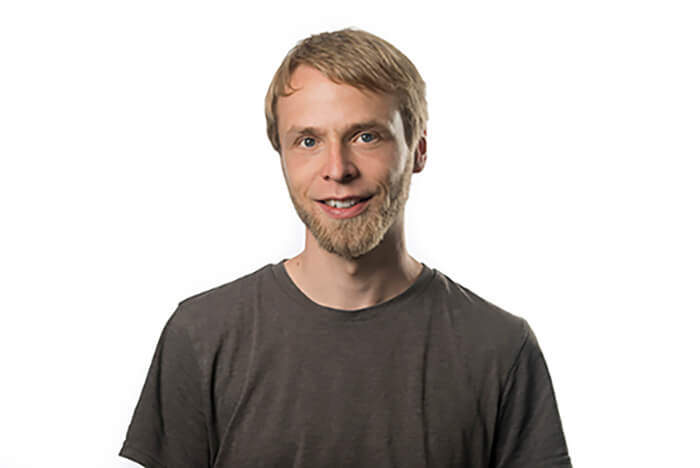Saarland University bioinformaticians compute gene sequences inherited from each parent

In the analysis of the human genome, one question researchers have so far left unanswered is how to differentiate the variants of a gene inherited from the mother and father. Such information would increase the likelihood of treating certain diseases successfully. The so-called third generation of sequencing technologies is now making this possible. One of the most important tools for solving this complex puzzle is special software developed by scientists at the Center for Bioinformatics at Saarland University. The renowned journal “Nature Communications” has reported twice on their research.
Humans have 46 chromosomes. These carry the genes and define the genetic material, the so-called genome. So that the number of chromosomes does not double with each generation, only 23 chromosomes are included in male and female germ cells, which merge in a fertilized egg cell to form a new life. Such a half-set of chromosomes is designated as “haploid.” “Which gene variants I receive from my father or mother can decide whether I get sick, and also how I can best be medically treated,” explains Tobias Marschall, Professor of Bioinformatics at Saarland University. There he leads the group “Algorithms for Computational Genomics” at the Center for Bioinformatics.
Being able to analyze which gene variants were inherited from which parent, and thereby determine the so-called haplotype, is the new quantum leap for the sequencing of the human genome. Two developments are crucial for this: First, the so-called third-generation sequencing techniques, established by firms like Oxford Nanopore, 10x Genomics and Pacific Biosciences, deliver a different type of gene data. “Through them, we now get much longer gene snippets and can now finally put into practice what we have long studied in theory,” says Marschall. He is actively involved in the second requirement: He develops the computational methods that make the mountains of genetic data manageable. Part of this has made its way into the software, named “WhatsHap,” that Marschall developed with his colleagues.
“Imagine an extremely difficult puzzle. With WhatsHap we solve two of them at the same time,” Marschall describes WhatsHap’s approach. The bioinformatician is convinced that with the help of such programs, in the foreseeable future the determination of one’s haplotype will become a routine examination in hospitals, just as identification of the blood group is today. He considers the two articles in the journal “Nature Communications” the first milestone for this.
The German Research Foundation (DFG) also confirmed the relevance of this work by announcing, last week, the financial support of two projects related to WhatsHap. In the first project, Professor Marschall will work together with Professor Gunnar Klau from the Heinrich Heine University of Düsseldorf on even more powerful computational methods for haplotyping. In the second project, the DFG is supporting the long-term maintenance of the WhatsHap software as part of the “Sustainability of Research Software” initiative, paving the way for its use in everyday clinical practice. A total of 800,000 euro is available for these projects, of which 550,000 will go to Saarland University to create new positions for researchers and developers.
Background: Saarland Informatics Campus (SIC)
The core of the Saarland Informatics Campus is the Department of Computer Science at Saarland University. In the immediate vicinity, seven other world-renowned research institutes conduct research on the campus. Along with the two Max Planck Institutes for Informatics and for Software Systems, these are the German Research Center for Artificial Intelligence (DFKI), the Center for Bioinformatics, the Intel Visual Computing Institute, the CISPA Helmholtz Center i.G. and the Cluster of Excellence “Multimodal Computing and Interaction” (MMCI).
Further information:
http://dx.doi.org/10.1038/s41467-017-01389-4
http://dx.doi.org/10.1038/s41467-017-01343-4
Press photos: www.uni-saarland.de/pressefotos
Questions can be directed to:
Jun.-Prof. Dr. Tobias Marschall
Center for Bioinformatics
Saarland Informatics Campus (SIC)
Tel.: +49 681 302 70880
E-mail: marschall@cs.uni-saarland.de
Editor:
Gordon Bolduan
Competence Center Computer Science Saarland
Saarland Informatics Campus (SIC)
Tel.: +49 681 302 70 741
E-mail: bolduan@mmci.uni-saarland.de
Die Öffentlichkeitsarbeit am Saarland Informatics Campus wird unterstützt durch das Kompetenzzentrum Informatik Saarland, gefördert aus Mitteln des Europäischen Fonds für regionale Entwicklung (EFRE) und Mitteln der Staatskanzlei Saarland.


